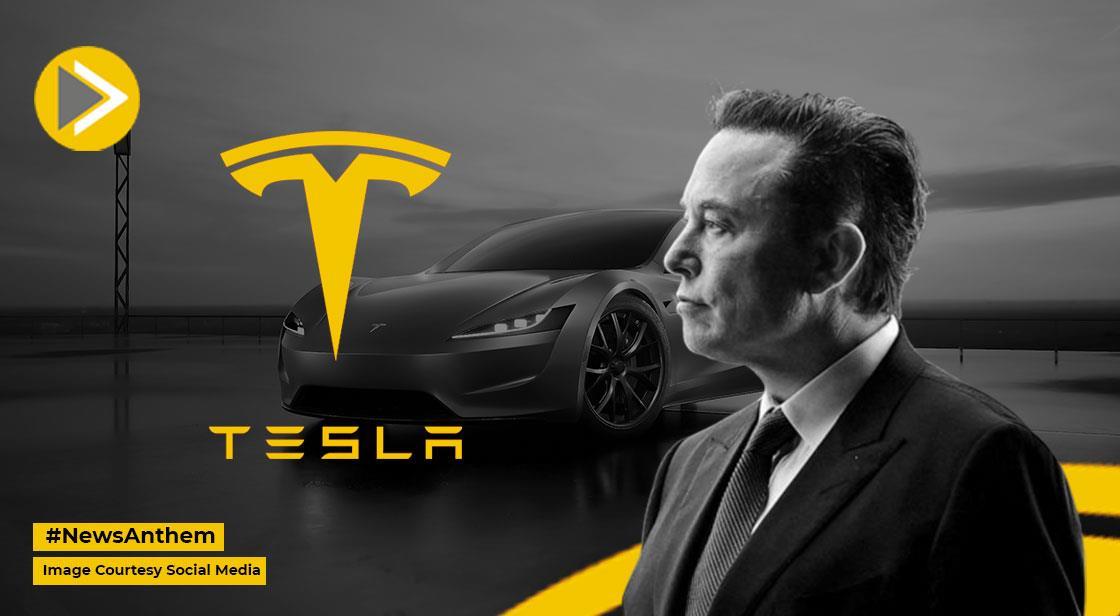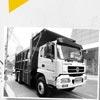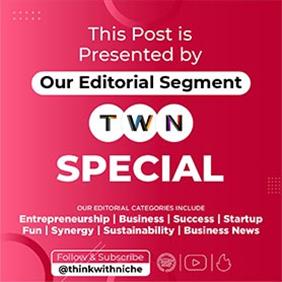Tesla quietly debuts its much-anticipated robotaxi service

News Synopsis
Tesla Inc. has begun offering its long-anticipated robotaxi service, marking a modest yet significant milestone in the company’s autonomous driving ambitions. The initial rollout on Sunday was limited to select riders in Austin, Texas, and took place without the usual fanfare associated with Tesla’s product launches.
A Modest Debut for a Bold Vision
Unlike previous high-profile events such as the “Cyber Rodeo” for its Texas Gigafactory opening, Tesla opted for a low-key introduction of its driverless taxi service. The first robotaxi rides were restricted to a small portion of Austin and featured Tesla employees inside the vehicles to monitor operations. This careful approach reflects the cautious steps Tesla is taking as it enters a market with high regulatory scrutiny.
Early Riders Include Investors and Influencers
For the debut, Tesla hand-picked initial passengers that included investors and social media influencers. Many of them live-streamed their experiences. Herbert Ong, who manages a Tesla fan account, praised the car’s swift driving and autonomous parking abilities. Another influencer, posting as @BLKMDL3 on X (formerly Twitter), described the ride as “smoother than a human driver.” Tesla investor Sawyer Merritt called his robotaxi trip “awesome.”
No Big Launch Event, Just Word of Mouth
Tesla has largely relied on word of mouth, social media, and media coverage rather than formal announcements or marketing campaigns to promote the robotaxi rollout. This low-profile strategy is unusual for a company that typically celebrates product debuts with elaborate events.
A Crucial Test for Tesla’s Autonomous Ambitions
The robotaxi service represents a pivotal moment for Tesla and its CEO, Elon Musk, who is steering the company toward future technologies such as full self-driving vehicles and humanoid robots. As Tesla faces slowing sales and challenges to Musk’s leadership, robotaxis could open up a vital new revenue stream. Analysts like Tom Narayan from RBC Capital Markets estimate that self-driving technology accounts for roughly 60% of Tesla’s share valuation.
Inside the First Robotaxi Rides
Videos from the launch showed Tesla Model Y SUVs handling short trips, navigating intersections, avoiding pedestrians, and parking — all without a human driver at the wheel. While most rides went smoothly, one incident occurred when a vehicle briefly stopped in the middle of a road after a passenger tried out the pull-over function.
The initial pricing is set at a flat $4.20 per trip. The service currently operates from 6 a.m. to midnight within a geofenced area of Austin. Trips to and from the airport are not yet available, and the service may be suspended during adverse weather conditions.
Competition and Market Challenges
Tesla enters a competitive space in Austin’s robotaxi market. Waymo, owned by Alphabet Inc., is expanding its presence in the city through a partnership with Uber. Meanwhile, Amazon’s Zoox is also testing autonomous vehicles there. Despite the competition, Wedbush Securities analyst Dan Ives believes Tesla’s robotaxis could rival Waymo right from the start. After a test ride, Ives described the experience as “better than expected.”
Safety, Regulation, and Scaling Up
Tesla is initially using just 10 to 20 vehicles for the service, focusing on demonstrating safety and reliability. This measured approach comes in the wake of setbacks faced by other autonomous vehicle companies. General Motors’ Cruise had to suspend operations after an incident in California injured a pedestrian, while Uber shut down its self-driving unit following a fatal accident in Arizona.
While no timeline has been shared for a broader public rollout, Musk has expressed intentions to scale the robotaxi service rapidly and expand to other U.S. cities soon.









